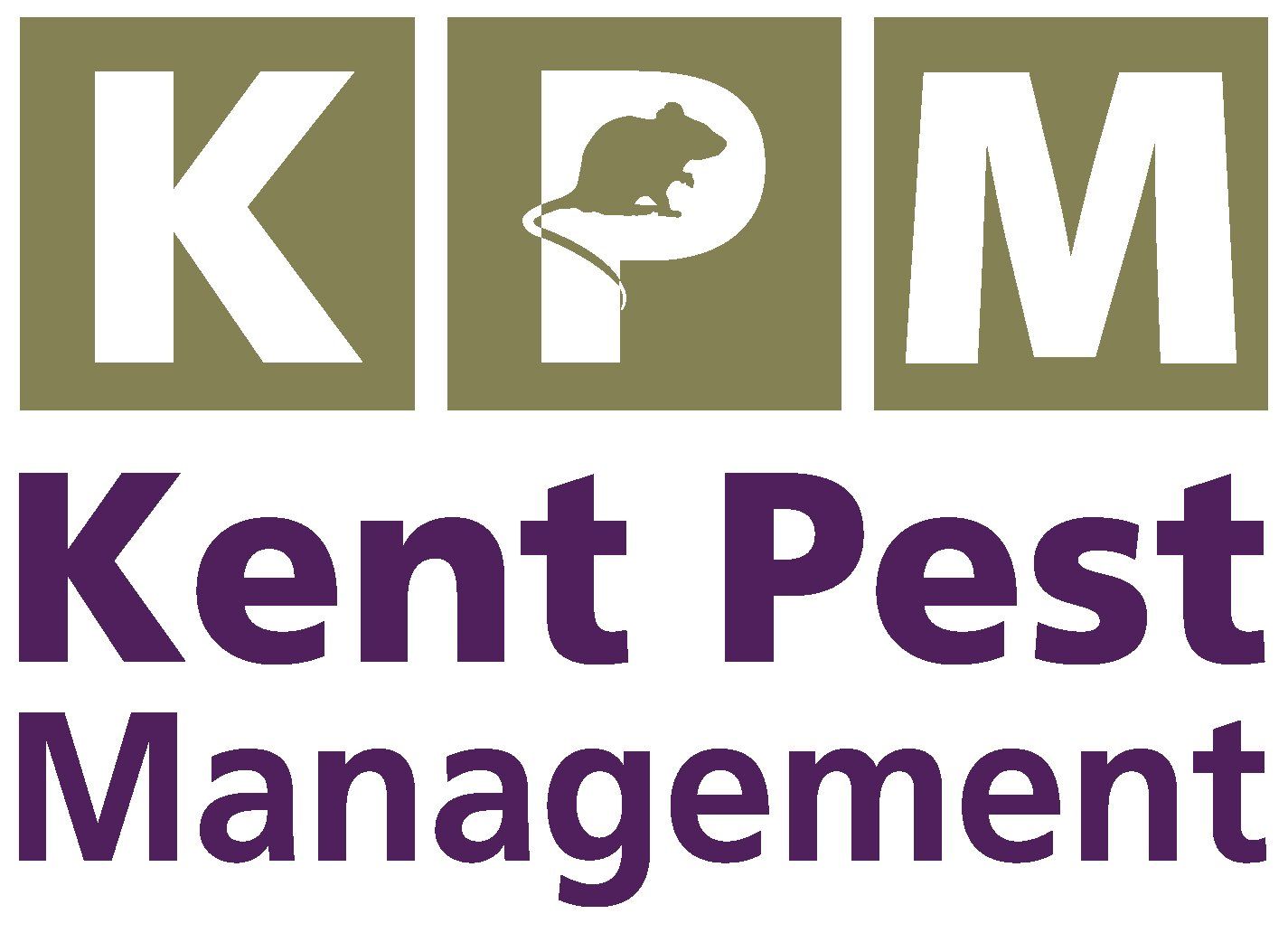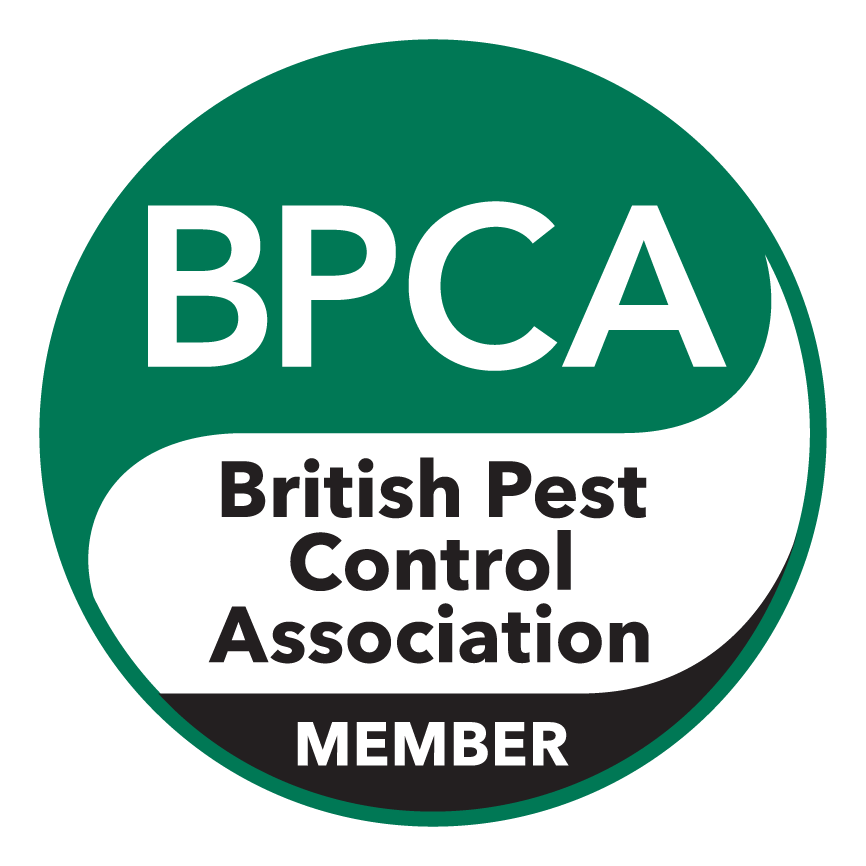Commercial Pest Control
Why is it important to control pests in a commercial business?
By protecting your business you will be complying with the Health and Safety at Work Act 1974, Food Safety Act 1990, The Prevention of Damage by Pests Act 1949 and The Food Hygiene Regulation 2006. They all state that your premises must be pest free and safe for the public.
If you fail to comply with the regulations they can result in fines up to £20,000 plus complete and immediate closure of your business.
We can help protect you and your business reputation with a tailor-made IPM (Integrated Pest Management) Program.
We will visit your business and help you build the program that best suits you and your business, only paying for what you need and what you want cover for.
Providing cover for both EHO & HSE inspections, plus ISO 9001, 14001 & 45001 Certification.
We will supply you with a report folder that will hold all your reports from our visits, recording what was done, what we found and any recommendations.
It is a legal requirement to control both rats and mice
Find out more!
Contact Us
We will get back to you as soon as possible.
Please try again later.
Most Common Pests in Business Premises
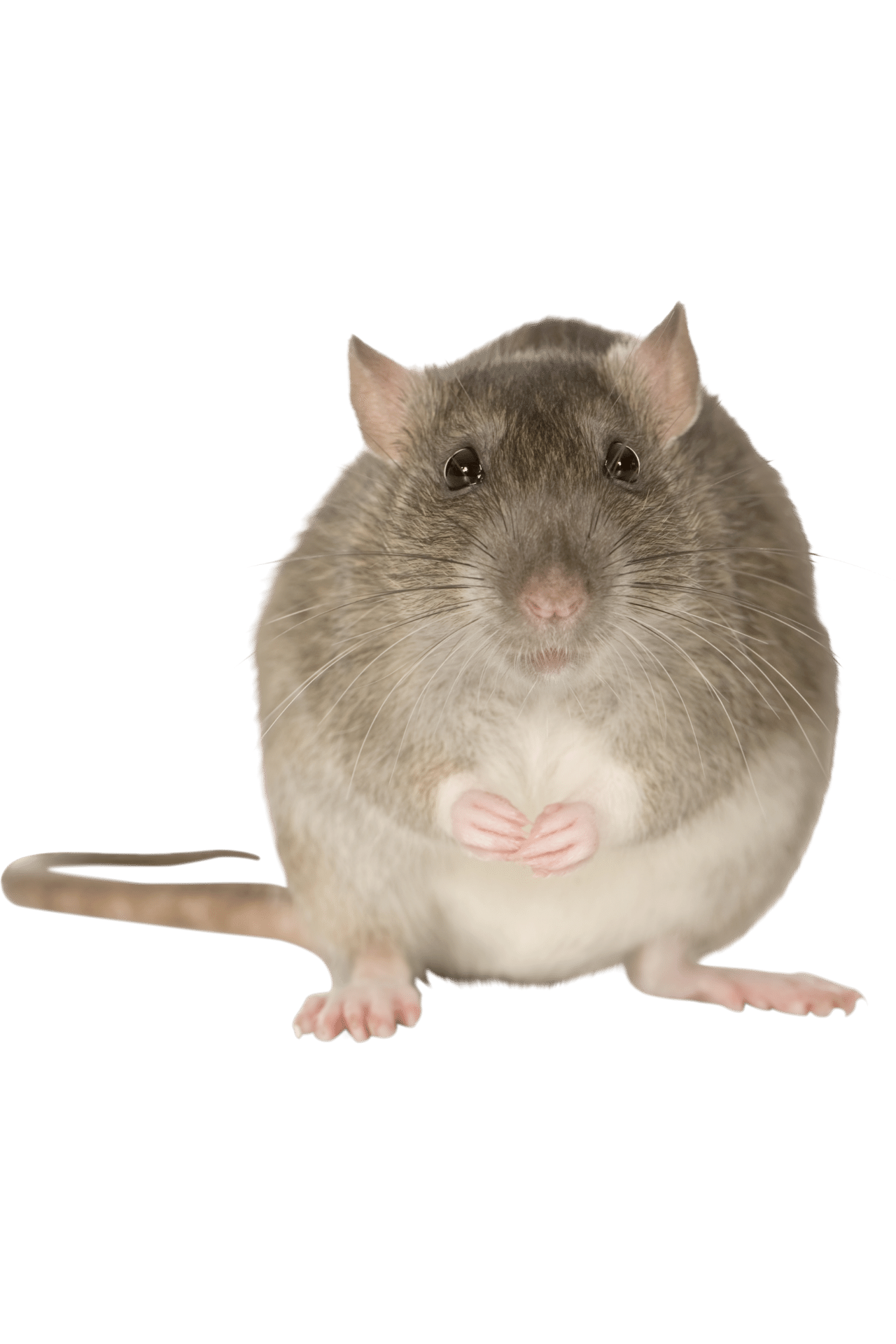
Rats
There are two main species of rat in the UK with most common being the Brown rat - Rattus norvegicas (as pictured).
- Require 30-60 ml of water per day and 20-25 g of food
- Gestation period approximately 21 days
- Sexually mature in 12 weeks
- Weaning period approximately 21 days
- Average litter 6-11
- Cosmopolitan and widespread. Highly adaptive and able to survive in a wide range of habitats but always needs access to water to survive.
- Size - weight 300 - 500 g
- Body length 200 - 270 mm
- Tail length 150 - 180 mm
- Blunt muzzle with small ears/eyes, thick set body.
Most of the dropping will be found in the latrine (the site picked by the rats to use as a toilet) and will be rounded at the end approximately 12 mm in length.
The brown rat can do up to 40 droppings per day.
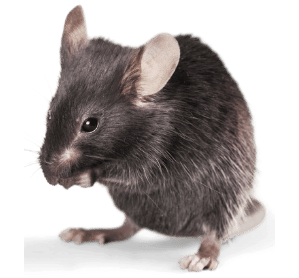
Mice
There are six different species of mice in the UK with the house mouse - Mus domesticus (as pictured) being the most common.
- Requires 3-4 g of food a day
- Gets water from food
- Gestation period approximately 21 days
- Sexually mature in 5-8 weeks
- Weaning period approximately 21 days
- Average litter 5-8
- Cosmopolitan and widespread. Highly adaptive and able to survive in a wide range of habitats.
- Average size- weight 15 g (can reach 25 g)
- Body length 70-90 mm
- Tail length 50-70 mm
- Large ears and pointed muzzle giving a triangular shaped head.
- Droppings are a small spindle shape between 3-7 mm long in a scattered pattern. the house mouse can do up to 80 droppings per day as well as being incontinent.
Being omnivorous The house mouse will eat a wide variety of food depending on availability and location.
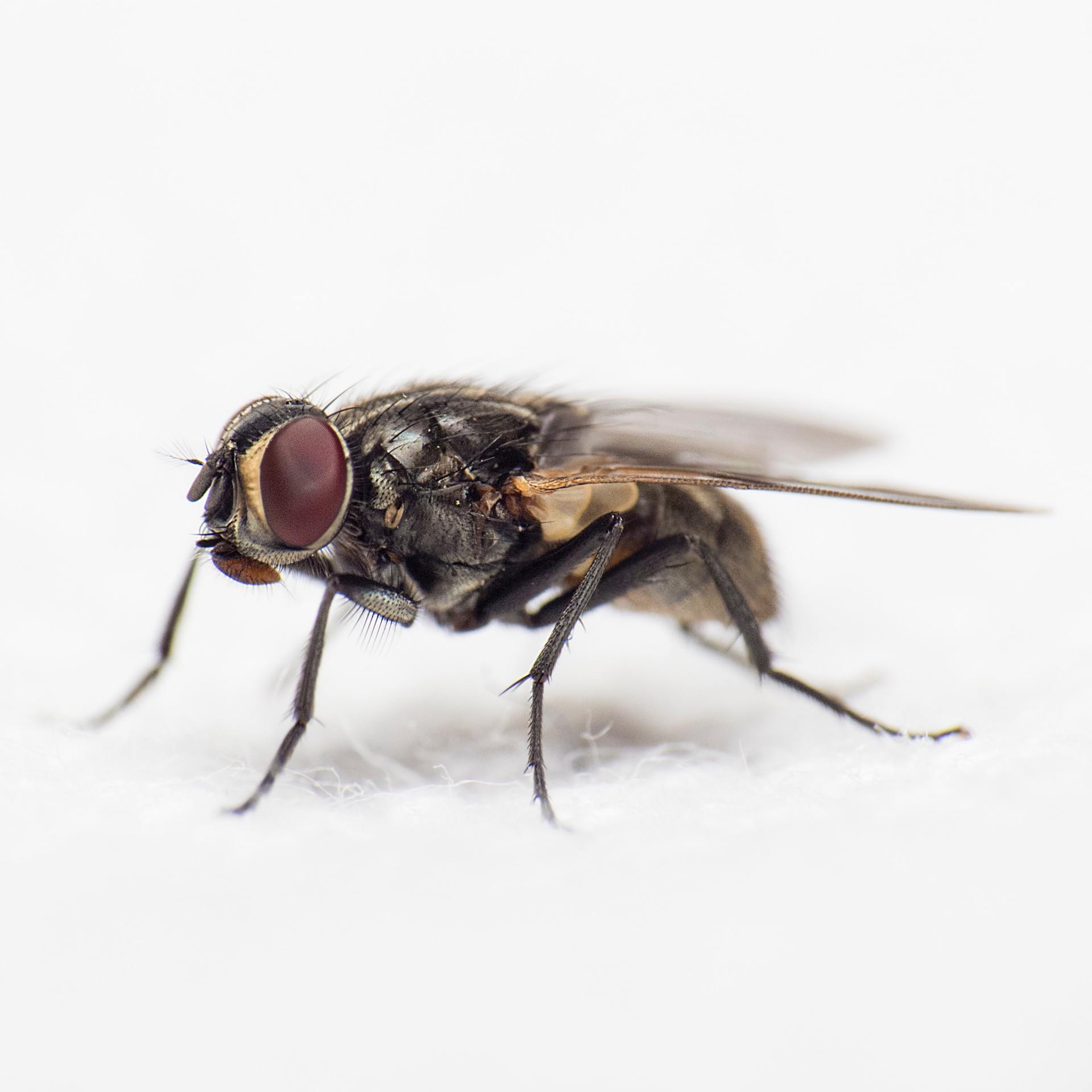
Flies
There are thousands of different fly species in the UK and depending on the type of flies you have the treatment will change. A survey would be needed to identify the flies and the source before treatment could start.
Why control them?
Flies can carry and spreed diseases due to the nature of there breading and diet. It is especially important that they are controlled in food areas.
Location
Room 3, First Floor, 54 Holly Bush Ln, Sevenoaks TN13 3TL
Email
info@kentpestmanagement.co.uk
Call
01732 905576
All Rights Reserved | Kent Pest Management | Privacy Policy | Website Design and Managed by Eazi-Sites
